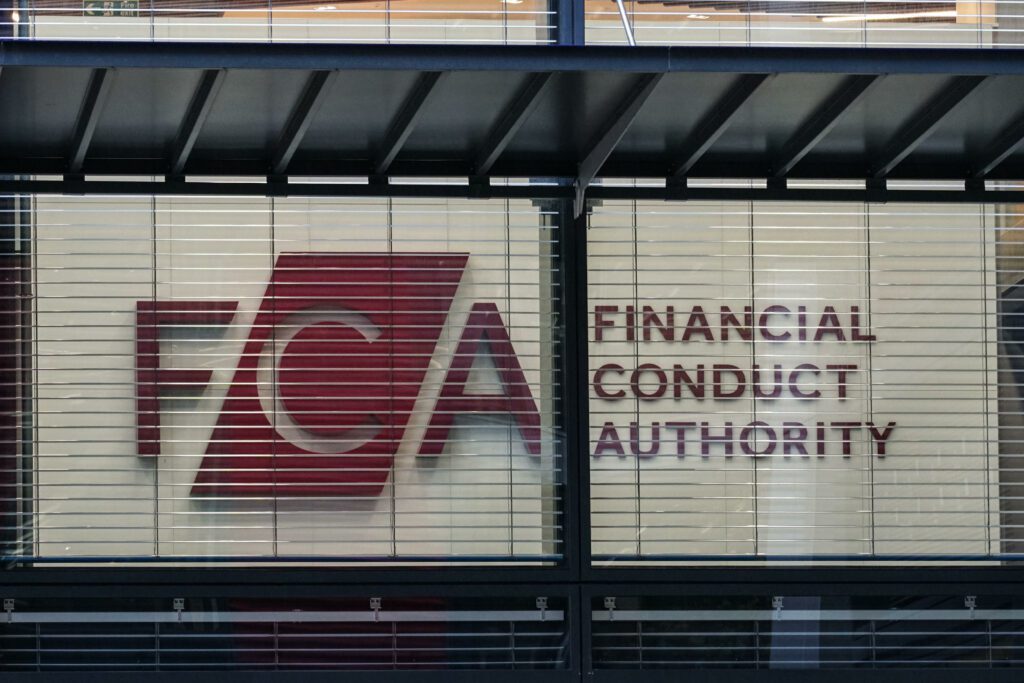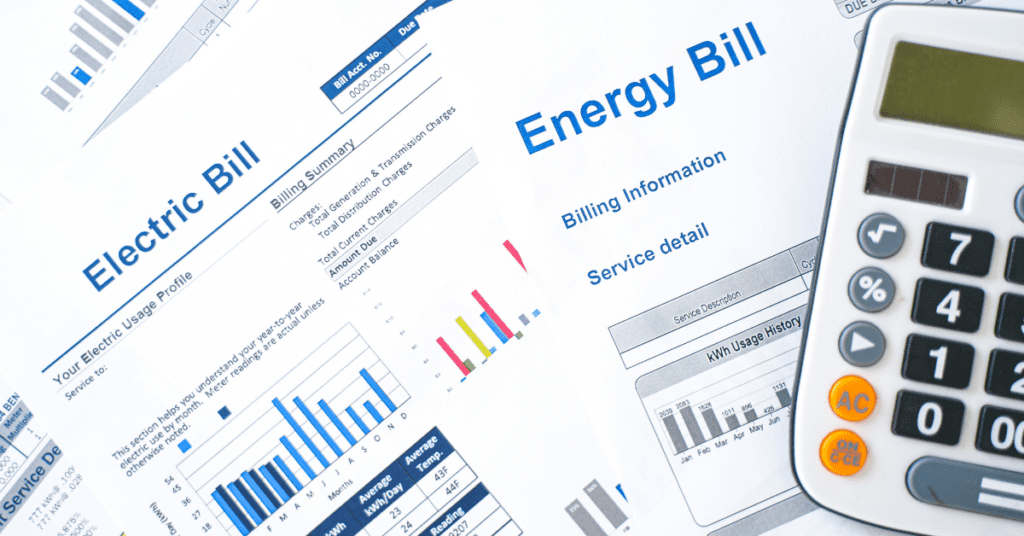In the current economic climate, UK small and medium-sized enterprises (SMEs) face an evolving energy debt crisis, significantly driven by escalating energy costs. This crisis, largely fuelled by global market fluctuations, especially in fossil fuel prices, and geopolitical tensions impacting energy supply and stability, has placed a considerable strain on businesses.
Compounding this situation is the fact that energy providers have become the second most common issuers of winding up petitions, trailing only behind HMRC. This underscores the seriousness of the issue, as failure to manage energy debts can lead to operational disruptions and potentially greater problems for the business. These challenges have made the effective management of commercial energy debt an essential aspect of ensuring business stability and efficiency for SMEs in the UK.
Maintaining Good Creditor Relations
As energy contract renewals arrive, businesses are seeing substantial increases in their rates. To manage these heightened costs, it’s vital to assess your energy consumption rigorously. Implementing energy efficiency measures can lead to significant savings.
Rapid disconnection by energy suppliers due to non-payment can severely disrupt your business operations. Therefore, it’s crucial to maintain open communication with your suppliers. Proactively discussing payment difficulties and seeking a feasible plan can prevent disconnection, ensuring the continuation of your business activities.
While maintaining good relationships with creditors – including energy suppliers – is essential for business continuity, it’s crucial for SMEs to be aware of the potential ramifications of making ‘preferential payments’ in an insolvency situation. A preferential payment occurs when a company facing insolvency chooses to pay one creditor over others. Although this might seem like a strategic move to maintain essential services, if found to be preferential, these payments aggravate the company’s financial distress and can also lead to penalties for the directors, including personal liability in some cases.
Understanding Business Energy Bills
Business energy bills are typically composed of several key components:
- Standing Charge: This is a fixed daily fee that’s charged irrespective of the volume of energy your business consumes. It covers the basic costs of connecting your business to the energy supply.
- Unit Rate: This rate is charged per kilowatt-hour (kWh) of energy used. For businesses with high energy usage, seeking a lower unit rate can be beneficial to reduce overall costs.
- Contract End Date: This indicates when your existing energy contract is due to expire. Be aware that terminating the contract before this date might incur additional charges.
Additionally, your bill might include a Climate Change Levy (CCL), a tax imposed on businesses for each unit of non-renewable energy consumed. This levy is part of the government’s initiative to encourage the use of greener energy sources.
Tips For Reducing Commercial Energy Debt
In-Depth Monitoring of Usage
The first step in reducing your energy bills is to gain a comprehensive understanding of where and how energy is used in your business. This involves more than just a cursory glance at your monthly bills. Invest in energy monitoring systems that provide real-time data on energy consumption. This can help identify specific areas or times of high usage and even equipment that may be inefficient. By analysing this data, you can make targeted changes to reduce consumption, such as adjusting operational hours or upgrading to more energy-efficient machinery.
Negotiating with Energy Suppliers
Often, businesses accept the first renewal quote from their energy supplier without questioning it. However, energy prices can vary significantly between suppliers, and rates are often negotiable. Before your contract ends, research and compare offers from different suppliers. Don’t hesitate to contact your current provider to discuss better terms. Highlight your loyalty as a customer, or quote better rates offered by competitors. Many energy suppliers are willing to offer more competitive rates to retain or gain business customers.
Regular Reviews of Energy Use and Tariffs
Energy management should be an ongoing process, not a one-time effort. The energy market is dynamic, and tariffs can change frequently. Regularly review your energy consumption patterns and compare them with your current tariff. Are you still getting the best deal? Are there new plans or suppliers that could offer better rates? Also, consider how changes within your business, such as expansion, reduction, or new equipment, may affect your energy needs. Periodic reviews ensure that your energy strategy stays aligned with both market conditions and your business requirements.
What Happens If You Can’t Pay Your Commercial Energy Debt?
Initially, it’s essential to verify the accuracy of your gas and electricity bills and confirm that they reflect actual meter readings instead of estimated consumption. Should you have doubts about the accuracy of the billed amount, it’s imperative you query this with your energy provider.
Once this is established, you will typically have two primary paths to consider:
Continuing to Trade
The first option is to keep your business operational while addressing the energy debt. This involves negotiating with your energy provider for a feasible payment plan. Many suppliers understand the challenges businesses face and may be willing to offer a structured repayment plan, spreading the debt over a period that aligns with your cash flow. This approach allows you to manage the debt without severely impacting your day-to-day operations. At Bell & Company, we have extensive experience in negotiating with creditors, including energy suppliers. Our team can guide you through the negotiation process, helping to secure a payment plan that aligns with your business’s needs and cash flow.
Closing Down The Business
If your business is insolvent and unable to meet its financial obligations, then winding down the business might be the most viable option. Insolvency means that the business’s liabilities exceed its assets, and it can no longer trade sustainably. It’s a significant decision with far-reaching implications, so it’s advisable to seek professional advice from insolvency experts, such as Bell & Company, to understand the implications fully and to navigate the process in a way that minimises negative outcomes for all parties involved.
In these challenging times, effectively managing commercial energy debt requires strategic thinking, informed decision-making, and expert consultation. For businesses facing these difficulties, Bell & Company offers specialised advice and tailored solutions.
Struggling with your business’s energy bills or facing financial uncertainty? Contact Bell & Company today for expert advice and bespoke solutions to navigate your commercial energy debt challenges.



